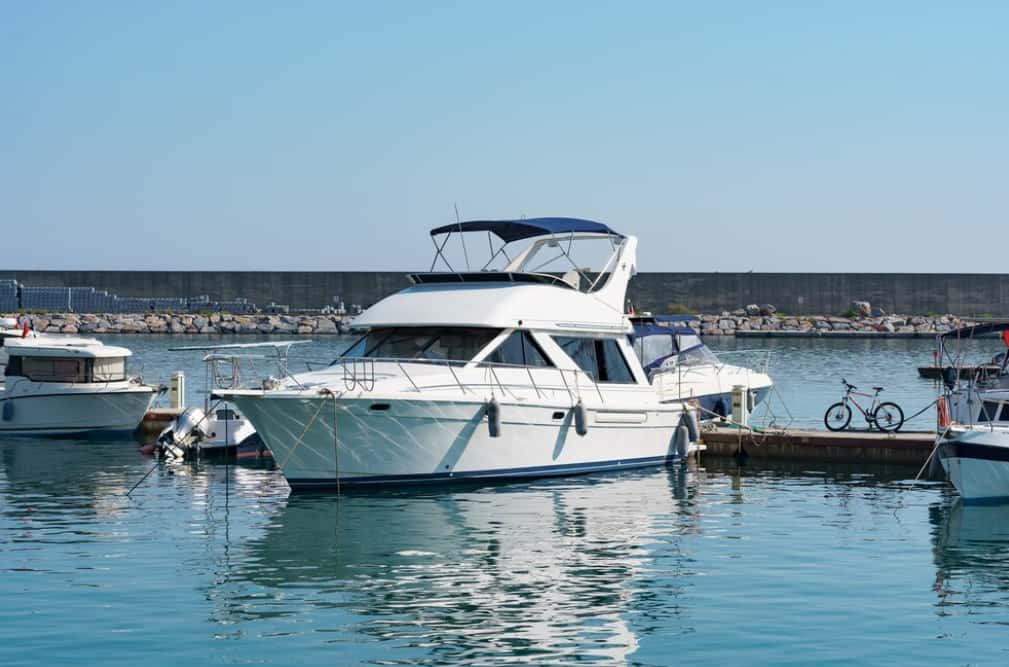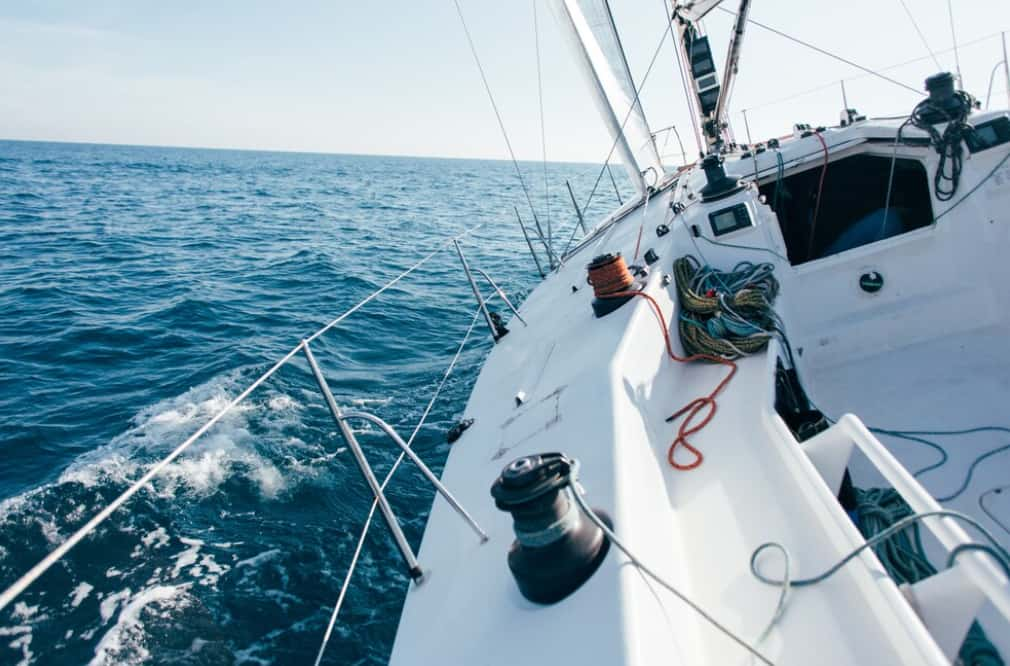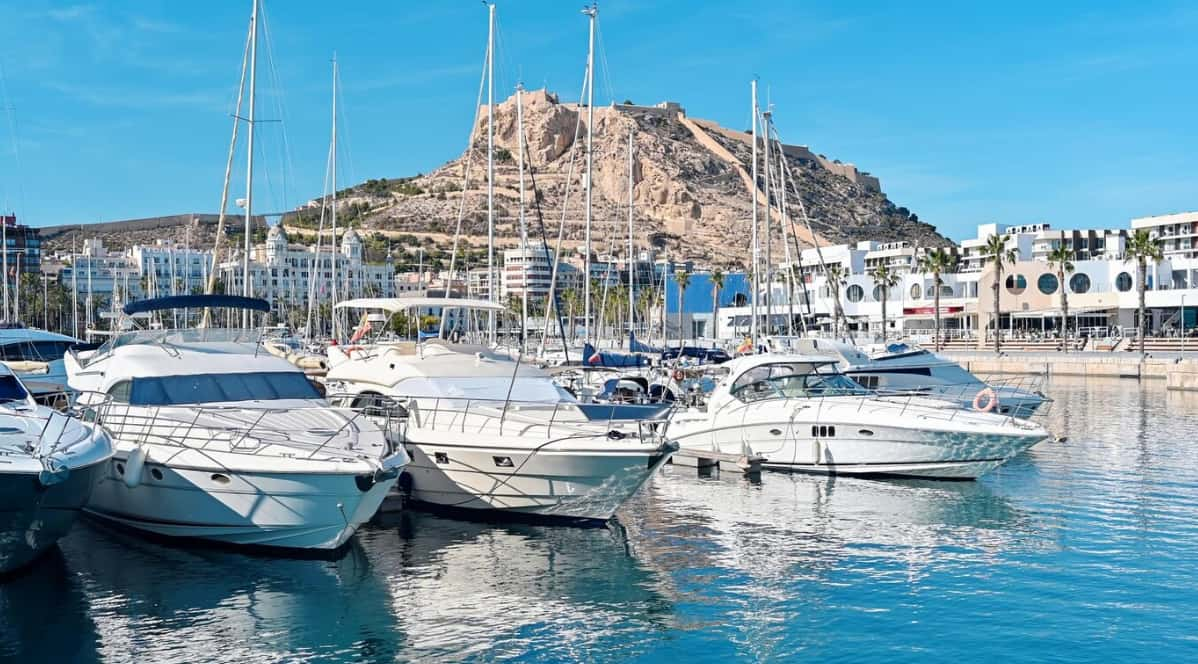Understanding the Costs: How Much to Charter a Yacht
Embarking on a yacht charter offers a quintessential experience of opulent travel, with the liberty and seclusion to traverse the globe’s most stunning maritime landscapes and archipelagos. Prior to embarking on this elite voyage, it’s vital to grasp the financial aspects. As we explore the costs associated with chartering a yacht, it’s equally intriguing to shift our focus to the world of yachting professions and delve into the steps and insights on how to become a yacht stewardess.
Understanding the Costs of Chartering a Yacht
Setting out on a charter journey on the high seas is an exhilarating prospect, especially for novices facing the intricate web of associated fees for the first time. Our exhaustive guide breaks down the charter cost framework, offering a practical checklist to steer through the financial planning phase with ease.
The allure of charting your course on a luxury vessel is met with the intricate details of financial planning. The cornerstone of your budget will be the base rate of the yacht, typically quoted as a weekly rental fee. Beyond this, you should anticipate additional costs for provisions, local levies, and operational expenses like fuel.
Grasping the basics of charter fees can be less intimidating than it appears. With insights from experts who know the ropes, you’re set to uncover the details of your investment for an unparalleled escape.
The price of a charter venture is subject to variables such as the yacht’s model, its cruising grounds, regional taxes, and the fundamental rental price. Not to mention, a yacht with a high-profile ownership could carry a premium tag.
Given these diverse factors, it’s no surprise that charter expenses can range widely. Rates might begin at around $10,000 for a modest sailboat or catamaran for a week’s hire and escalate to upwards of $150,000 for a week on a sumptuous motor superyacht. Such variability accentuates the need for diligent planning and budget management for your anticipated charter voyage.
Key Considerations in Determining Yacht Charter Expenses
When considering the luxurious indulgence of chartering a yacht, various factors come into play that determine the overall cost. Below, we delve into the key elements that shape your yacht charter expenses:
- Duration of Charter: Are you contemplating a week-long retreat on the seas, a brief weekend getaway, or perhaps a midweek escape? While the standard charter typically adheres to a seven-night rate, with predetermined starting and concluding days, there are exceptions. During off-peak seasons, or with companies that cater to shorter charters, you might find varied pricing. This could be influenced by whether your chosen dates coincide with a weekend or fit snugly into an available slot;
- Location of Charter: The destination of your yacht excursion greatly influences the price. Whether you’re drawn to the azure waters of Greece, the balmy Caribbean breeze, the vibrant shores of Florida, or the luxurious Riviera of the South of France, each location carries its own pricing standard;
- Size of the Yacht: It’s simple – the larger the yacht, the higher the weekly charter rates. Bigger vessels not only provide more space and amenities but also typically come with a larger crew, all contributing to a higher cost.
Keep in mind that the rates you most commonly encounter are the base charter rates for a full week. For those planning shorter jaunts, like a weekend voyage, the costs are often prorated accordingly.
Estimating Daily Yacht Charter Costs
Yacht charters, commonly available on a weekly basis, also provide options for day-long adventures. The cost for these day charters varies depending on several factors. These include the charter’s location (such as the Mediterranean or Australia), the number of guests, and the duration of the charter (half-day or full-day). The price can also be influenced by the charter’s region, as some areas, like the Caribbean or the Adriatic, are more conducive to day charters. These locations often offer unique experiences like diving or cruising around scenic islands.

Last-Minute Yacht Charters: Costs and Captain Hiring
Budgeting for last-minute charter costs requires understanding various factors that can influence the price. Owners might lower their weekly rates to fill gaps between other charters. If you’re flexible about your travel dates and duration, you could find attractive deals for last-minute yacht charter bookings. The price depends on several elements:
- Location: Busy ports like those in Greece, the Greek Isles, and Croatia have many charter yachts. These yachts often have gaps in their schedules, which can be filled at a reduced rate;
- Type of Charter: The cost varies between sailing charters and boat charters, each offering different experiences. Sailing charters usually navigate around nearby islands, and some provide bareboat charters for those wishing to captain their own yacht. Flexibility in the type of vessel you want to charter can lead to better deals in your preferred location;
- Time of Year: Yacht charter rates fluctuate with the season. For example, winter in the Northern Hemisphere is the low season, while it’s peak season in the Southern Hemisphere. If yachts aren’t undergoing refits and it’s still a popular cruising time, off-peak rates can be more advantageous.
Regarding yacht captain hire rates, these depend on the charter location, vessel size, and charter duration. Rates vary widely, from about $100 an hour to over $1,000 per day. Factors influencing this price include:
- Location: Chartering in a bustling hub like Miami, Florida, might cost more than a quieter cruise around the Great Lakes from a city like Chicago;
- Role of the Captain: A captain’s duties can extend beyond navigation, including touring, itinerary planning, operating water toys, and more. These additional services increase the hire rates;
- Experience: In places like Florida, where experienced captains are abundant, there might be more competitive pricing. In less busy superyacht locations, choices may be limited, affecting the price.
Yachting Charter Costs: Comparing Inclusive vs Expense-Based
Yachting offers two main types of crewed charter experiences: “All-Inclusive” and “Plus Expenses”. Understanding these terms helps in selecting the right option:
- All-Inclusive Charters: Common in catamaran and monohull charters in the Virgin Islands, this option charges a rate based on the number of guests. It covers all food and drinks, water sports, and fuel costs. However, dockage and taxes are typically billed separately;
- Plus Expenses Charters: Larger motors generally use this pricing model, where the base price includes only the yacht. Additional costs like food, beverages, fuel, dockage, and port taxes are extra. These expenses are often covered by an Advance Provisioning Allowance (APA), usually set at about 35% of the base rate. The APA is paid before the charter begins.
Yacht Charter Pricing Guide: Base Costs Unveiled
Wondering about the average cost to charter a catamaran, a sailing vessel, or a motor yacht? Here’s a brief breakdown of the typical rental prices (excluding additional expenses) for the most popular yacht types.
| Category | Average Weekly Charter Rates | Yacht Type |
|---|---|---|
| Sailing Yacht | $10,000-$20,000 | Sailing Boats Under 80ft |
| Sailing Yacht | $20,000-$50,000 | Sailing Boats Between 80ft – 120ft |
| Sailing Yacht | $50,000-$100,000 | Sailing boats between 120ft and 150ft |
| Sailing Yacht | $100,000-$200,000 | Sailing boats over 150ft |
| Catamaran | $10,000-$20,000 | Catamarans under 50ft |
| Catamaran | $20,000-$35,000 | Catamarans between 50ft and 65ft |
| Catamaran | $25,000-$50,000 | Catamarans between 65ft and 80ft |
| Catamaran | $40,000-$100,000 | Catamarans over 80ft |
| Motor Yachts | $20,000-$25,000 | Motor yachts under 80ft |
| Motor Yachts | $35,000-$80,000 | Motor yachts between 80ft and 120ft |
| Motor Yachts | $80,000-$150,000 | Motor yachts between 120ft and 150ft |
| Motor Yachts | $150,000-$500,000 | Motor yachts over 150ft |
Elements Influencing Yacht Charter Costs
Yacht charter pricing is primarily at the discretion of the yacht owner, which can lead to a broad spectrum of rates for yachts of similar size. There are several key factors that influence the cost:
- The Yacht Itself: The year of manufacture, the yacht’s builder, its history of ownership, and the assortment of water toys available onboard can all drive up the cost. A yacht’s prestige, such as being known as the largest or most opulent, or having a renowned builder or celebrity previous owner, can also elevate its price;
- Seasonality: Charter costs generally rise during peak seasons, like the summer months in the Mediterranean or the winter period in the Caribbean, and dip during the off-peak seasons;
- Location: The charter destination impacts the cost as well. In regions with limited charter fleets, such as the Galapagos, prices may be higher. Conversely, areas with a robust selection of yachts available for charter, such as the Bahamas, the British Virgin Islands (BVI), or the Mediterranean, typically offer more competitive pricing.
Understanding Extra Charges in Yacht Charters
When chartering a yacht, it’s important to factor in additional costs beyond the base rate and provisions. The most notable of these include:
- Advanced Provisioning Allowance (APA): On ‘Plus Expenses’ charters, the APA typically constitutes about 35% of the base charter fee. This upfront payment acts as a fund that the captain uses to cover expenses during the charter. After the journey, you’ll receive a detailed breakdown of the expenditures and a refund of any unspent APA funds;
- APA Overages: If expenses exceed the initial APA, you might need to top up the funds. This replenishment can be managed in cash or through pre-arranged accounts set up with charter brokers, which the captain can draw from as needed.
Tax and VAT Responsibilities in Yacht Chartering

Charter rates for yachts typically do not include local taxes or Value Added Tax (VAT), which are the responsibility of the charterer. Tax rates vary by destination; here are examples from some of the top yachting locations:
- The Bahamas: 4% tax and an additional 10% VAT;
- BVI: Tax ranges from $6 to $16 per person per day, based on the yacht’s flag;
- Croatia: 13% VAT;
- Florida: 6% tax in Broward County, 7% in Miami-Dade County;
- France: Standard 20% VAT, but it can reduce to 10% for itineraries traveling through International Waters;
- Greece: 12% VAT;
- Italy: Standard 22% VAT, reduced to 6.6% for vessels over 24m and 8.8% for vessels under 24m when traveling through International Waters;
- Montenegro and New England: No VAT or tax;
- Spain: 21% VAT;
- Turkey: No VAT.
Conclusion
Before you decide to own or charter, it’s crucial to weigh the pros and cons of both. Owning may be a symbol of luxury and freedom, but it also incurs significant maintenance costs, docking fees, and other expenses. Chartering, however, offers the same luxury and freedom without the commitment, allowing you to experience various types and locations. Determining the cost can seem daunting due to the myriad factors that influence the final price. Yet, with an understanding of the cost components and careful planning, the process can be seamless and enjoyable.

Leave a Reply